Categories
Recent Posts
- US: Trump media group plans TV streaming platform
- Cameroon is broken: Who can fix it?
- Cameroonian beer and soft drinks exports soar by 73% and 46.6% in 2022
- Southern Cameroons Crisis: 2 teachers abducted in the North West
- World Bank says despite high potential, 75 vulnerable economies face ‘Historic Reversal’
Archives
- April 2024
- March 2024
- February 2024
- January 2024
- December 2023
- November 2023
- October 2023
- September 2023
- August 2023
- July 2023
- June 2023
- May 2023
- April 2023
- March 2023
- February 2023
- January 2023
- December 2022
- November 2022
- October 2022
- September 2022
- August 2022
- July 2022
- June 2022
- May 2022
- April 2022
- March 2022
- February 2022
- January 2022
- December 2021
- November 2021
- October 2021
- September 2021
- August 2021
- July 2021
- June 2021
- May 2021
- April 2021
- March 2021
- February 2021
- January 2021
- December 2020
- November 2020
- October 2020
- September 2020
- August 2020
- July 2020
- June 2020
- May 2020
- April 2020
- March 2020
- February 2020
- January 2020
- December 2019
- November 2019
- October 2019
- September 2019
- August 2019
- July 2019
- June 2019
- May 2019
- April 2019
- March 2019
- February 2019
- January 2019
- December 2018
- November 2018
- October 2018
- September 2018
- August 2018
- July 2018
- June 2018
- May 2018
- April 2018
- March 2018
- February 2018
- January 2018
- December 2017
- November 2017
- October 2017
- September 2017
- August 2017
- July 2017
- June 2017
- May 2017
- April 2017
- March 2017
- February 2017
- January 2017
- December 2016
- November 2016
- October 2016
- September 2016
- August 2016
- July 2016
- June 2016
Featured
Most Commented Posts
 4 Anglophone detainees killed in Yaounde
4 Anglophone detainees killed in Yaounde
19 comments Chantal Biya says she will return to Cameroon if General Ivo Yenwo, Martin Belinga Eboutou and Ferdinand Ngoh Ngoh are sacked
Chantal Biya says she will return to Cameroon if General Ivo Yenwo, Martin Belinga Eboutou and Ferdinand Ngoh Ngoh are sacked
13 comments Anglophone Nationalism: Barrister Eyambe says “hidden plans are at work”
Anglophone Nationalism: Barrister Eyambe says “hidden plans are at work”
12 comments The Anglophone Problem – When Facts don’t Lie
The Anglophone Problem – When Facts don’t Lie
12 comments Largest wave of arrest by BIR in Bamenda
Largest wave of arrest by BIR in Bamenda
10 comments
Latest Tweets
Error: access keys missing in Themify > Settings > Twitter SettingsFeatured
-
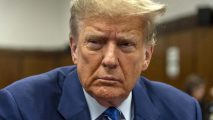
US: Trump media group plans TV streaming platform
-

Cameroon is broken: Who can fix it?
-
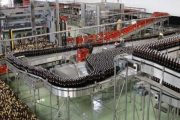
Cameroonian beer and soft drinks exports soar by 73% and 46.6% in 2022
-

Southern Cameroons Crisis: 2 teachers abducted in the North West
-
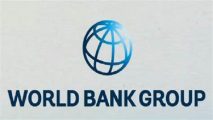
World Bank says despite high potential, 75 vulnerable economies face ‘Historic Reversal’
-

Cardinal Robert Sarah says Western prelates have lost their nerve
-

Iran launches drones at Israel in retaliatory attack
© Cameroon Concord News 2024
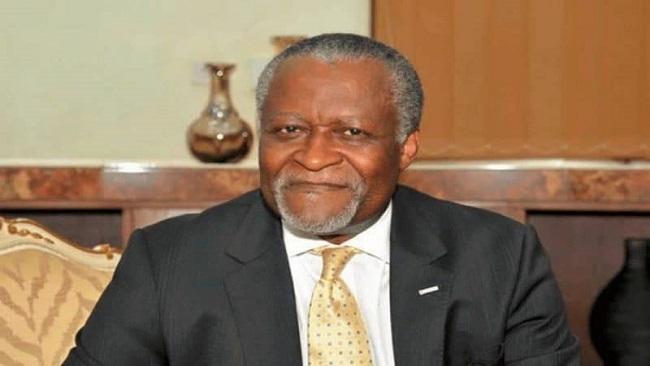
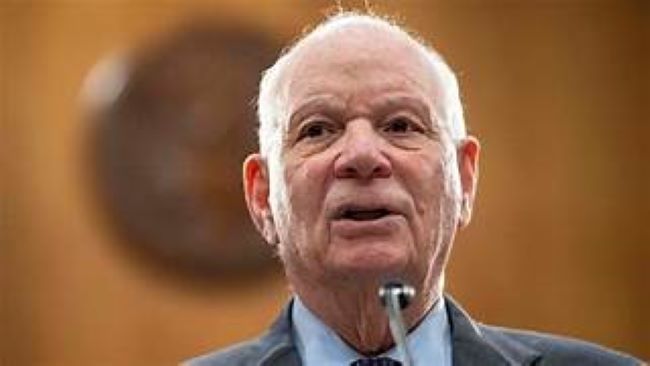


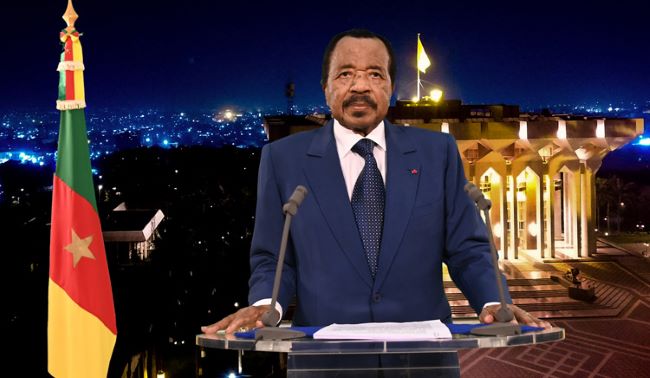
19, March 2020
Coronavirus: where do we stand in the race for a vaccine? 0
As the world races to find a vaccine or a cure for the coronavirus, antimalarial drugs, HIV medications, flu vaccines and arthritis treatments are all being tested. FRANCE 24 takes a look at the latest medical efforts to combat the pandemic.
Teams of scientists across the world are working around the clock to either develop a new drug or repurpose an existing medication to halt the spread of the virus.
Viruses are tiny parasitic bits of genetic material that replicate inside another organism. Vaccines for viruses such as measles are typically made from a weakened form of the virus. But this process can take years.
Scientists are now fast-tracking results and sidestepping normal scientific steps, such as animal testing, to find drugs that will treat and kill the virus that causes COVID-19.
How close are we to a vaccine?
China:
The first country to experience the virus and also the first to start searching for vaccines and cures, China is understandably leading the field in the hunt for a vaccine. On December 31 last year, China alerted the World Health Organization (WHO) to several cases of unusual pneumonia in Wuhan, a port city of 11 million people in Hubei province. The virus was at that point unknown.
To create an original vaccine, the Chinese company Beijing Advaccine Biotechnology is working with a US biotech company called Inovio Pharmaceuticals. They are in the process of developing a “DNA vaccine” called INO-4800.
This vaccine is already in preclinical trial. It involves directly injecting genetic material into a person to trigger a stronger immune response, so they are better equipped to stop an infection.
Japan:
On January 16, Japan became the first country to confirm a coronavirus case outside China.
Fujifilm may be best known for its photographic products, but the Japanese company also makes a drug called Favipiravir (capitalized). This was initially intended to treat new strains of the flu. However, it appears to be proving effective in treating coronavirus patients, particularly those with lighter symptoms.
Europe:
Germany’s BioNTech has been one of the major players in European vaccine developments. It announced on Monday that it is developing an experimental vaccine, working with Fosun Pharma in China. On Tuesday, it confirmed a collaboration with America’s largest pharmaceutical company, Pfizer, to develop the drug outside of China. They hope to be in a position to start testing the new vaccine early next month.
Reuters reported on Sunday that the German government was trying to stop the US administration from persuading CureVac, another German drugmaker working on an experimental vaccine for the coronavirus, to move its research to the United States. This prompted German politicians to insist that no country should have a monopoly on any future vaccine.
Earlier, the Welt am Sonntag German newspaper reported that US President Donald Trump had offered funds to lure CureVac to the United States, and the German government was making counter-offers to tempt it to stay.
Responding to the report, the U.S. ambassador to Germany, Richard Grenell, wrote on Twitter: “The Welt story was wrong.”
US:
The first human trials of a potential vaccine called mRNA-1273 have already begun in the United States. Their vaccine has been made by biotechnology company Moderna Therapeutics.
Four patients received injections of the vaccine at the Kaiser Permanente research facility in Seattle, Washington, the Associated Press news agency reported.
The early-stage study of mRNA-1273 is being carried out by the US National Institutes of Health.
Instead of creating the mRNA-1273 vaccine from the coronavirus, scientists have copied a short segment of genetic code from the virus.
To test this new drug as fast as possible, they have sidestepped normal procedures such as initially testing on animals. The initial trial is expected to involve 45 healthy adult volunteers between the ages of 18 and 55 years over approximately six weeks. It could take 12 months before any concrete results are produced.
How close are we to a cure?
China:
By the end of January, China was already exploring how existing drugs might be repurposed to kill the virus.
One of the first drugs China explored with some success was an antimalarial drug called chloroquine phosphate. Speaking at a press conference on February 18, Sun Yanrong, deputy head of the China National Centre for Biotechnology Development at the ministry of science and technology, said this drug has already been under clinical trial in more than 10 hospitals in Beijing as well as in Guangdong Province and in Hunan Province.
According to Sun, patients treated with chloroquine saw a greater drop in fever, an improvement in their lung scans and required a shorter time to recover compared to parallel groups.
Among other drugs currently being tested in China is a Swiss-made anti-inflammation drug called Tocilizumab that suppresses overreactions by the immune system.
Another interesting advance has been made with a US antiviral drug called remdesivir, which has had impressive results in tests with more than 200 extremely ill patients.
Remdesivir was developed by Gilead Sciences to treat Ebola patients. It had good results in laboratories and with animals but was less successful with tests out in the field. Nevertheless, global health authorities deem it the most promising of possible treatments for people with severe cases of the virus.
Europe:
French pharmaceutical company Sanofi has announced it is ready to offer millions of doses of an antimalarial drug to French authorities after “promising” initial trials.
Sanofi said it could potentially treat 300,000 COVID-19 patients with the antimalarial drug Plaquenil, a spokesperson for the laboratory told AFP, adding that the group was ready to work with French health authorities “to confirm these results”.
Sanofi and its partner Regeneron Pharmaceuticals Inc have also started a clinical trial of their rheumatoid arthritis drug Kevzara as a treatment for the virus, the companies said on Monday.
Testing for patients with mid-to-severe stages of the virus will begin immediately, and the companies anticipate the trial will test up to 400 patients.
United States:
The United States may have had a slow start, but it has now sprinted ahead in the race for a vaccine.
A key development in the battle against the virus has emerged from the Quantitative Biosciences Institute Coronavirus Research Group, based out of the University of California. This team of hundreds of scientists has identified more than 50 drugs already in circulation that may effectively treat people infected with the virus.
The group has taken a different approach from many of their peers. Rather than find drugs that attack the virus itself, they are exploring drugs that will protect the proteins in our own cells that the coronavirus depends on to thrive and reproduce. With this type of treatment, our own systems will fight the virus.
Such a project would typically take a minimum of two years to achieve the results that this working group, which includes 22 laboratories across the US, has managed in a few weeks.
Another major development is the use of the HIV combination treatment lopinavir-ritonavari. This is currently being used in trials in America and other countries across the world, including India.
However, amid all the scientific developments, there are also unfounded rumours. In a statement published on Monday, Johnson & Johnson said there is “no evidence” that its HIV drug Prezista had any effect against the coronavirus in response to unsubstantiated reports that the drug might be a cure.
The company said it was aware that some HIV treatments are being considered as options to treat patients diagnosed with COVID-19.
Johnson & Johnson did say, however, that it was “partnering with multiple organizations to support the development of research programs and fast-track solutions for COVID-19”.
Culled from France 24